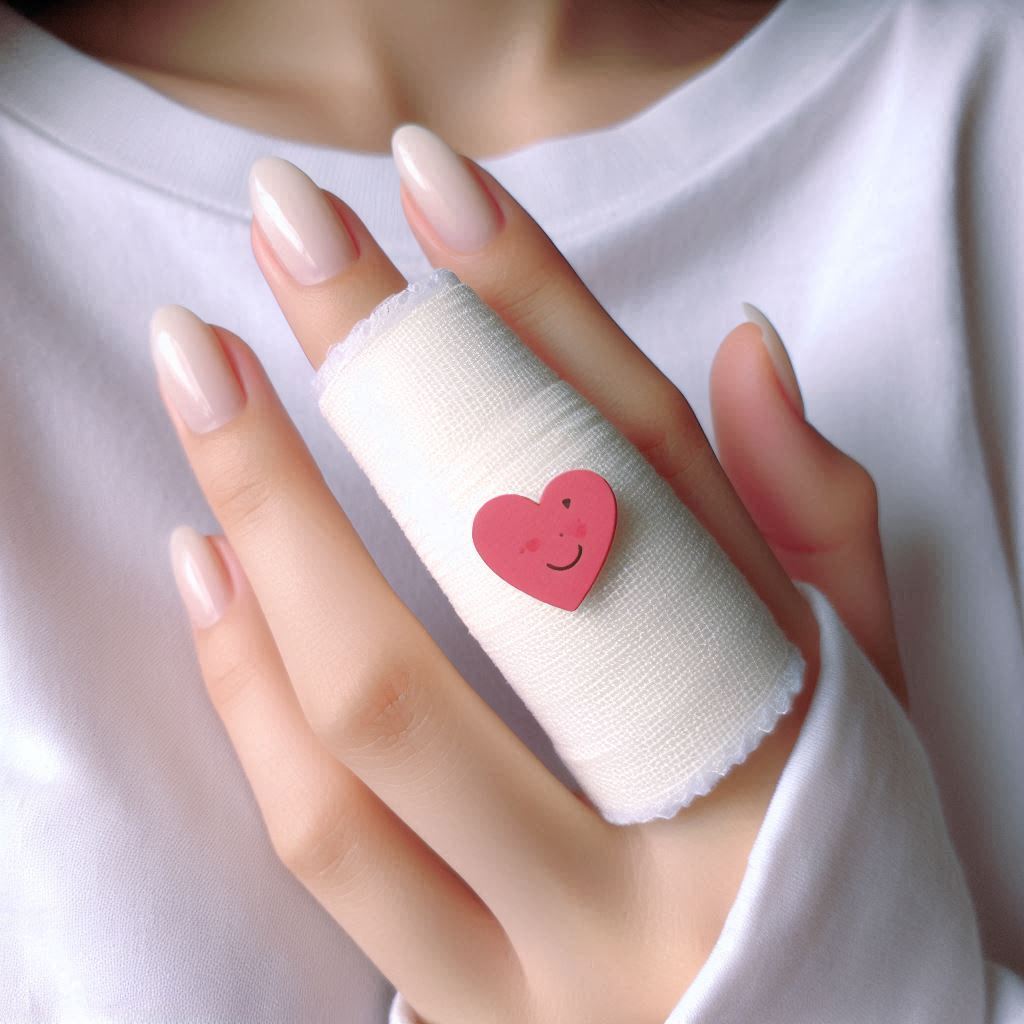
Trigger finger, also known as stenosing tenosynovitis, is a condition that affects the tendons in the fingers, causing them to become stuck or “triggered” in a bent position. This condition can be painful and restrict daily activities, making it essential to seek effective treatment. One of the most commonly recommended treatments is the trigger finger splint. This article provides an in-depth look at trigger finger splints, including their purpose, types, usage, and benefits for managing and recovering from trigger finger.
Understanding Trigger Finger
Trigger finger occurs when the tendons responsible for bending the fingers become inflamed or thickened. This inflammation can lead to a narrowing of the sheath that surrounds the tendons, causing the tendons to catch or lock as the finger moves. The condition can result in pain, stiffness, and difficulty straightening the affected finger. In severe cases, the finger may remain locked in a bent position.
Several factors can contribute to trigger finger, including repetitive hand movements, certain medical conditions such as diabetes or rheumatoid arthritis, and even genetic predisposition. Early intervention and treatment are crucial to managing symptoms and preventing the condition from worsening.
The Role of a Trigger Finger Splint
A trigger finger splint is a medical device designed to immobilize and support the affected finger, helping to reduce pain and inflammation. By keeping the finger in a straight position, the splint allows the inflamed tendons to rest and heal, alleviating symptoms and improving function. The splint is often used in conjunction with other treatments, such as medication, physical therapy, or corticosteroid injections.
1. Reducing Pain and Inflammation
The primary function of a trigger finger splint is to reduce pain and inflammation by preventing the finger from bending or moving. This immobilization helps to minimize irritation of the tendons and allows the inflammatory response to subside. By keeping the finger in a neutral position, the splint can help alleviate discomfort and promote healing.
2. Promoting Healing
Trigger finger splints support the healing process by maintaining the finger in a straight position, which can help reduce strain on the tendons and facilitate recovery. The splint helps to prevent the finger from locking or catching, allowing the tendons to move more freely and reducing the risk of further damage.
3. Preventing Recurrence
Using a splint consistently can help prevent the recurrence of trigger finger symptoms. By keeping the finger in the correct position, the splint can help reduce the likelihood of further inflammation or irritation. This preventive measure is especially important for individuals with a history of trigger finger or those who engage in repetitive hand movements.
Types of Trigger Finger Splints
Several types of trigger finger splints are available, each designed to provide support and immobilization in different ways. The choice of splint may depend on the severity of the condition, the specific needs of the patient, and recommendations from a healthcare professional.
1. Static Splints
Static splints are the most common type of trigger finger splint. They are designed to hold the finger in a fixed, extended position, preventing movement and reducing strain on the tendons. Static splints are often made from lightweight, breathable materials and can be adjusted for a comfortable fit. They are typically worn during periods of rest or overnight to maximize their effectiveness.
2. Dynamic Splints
Dynamic splints offer a more flexible approach to immobilization. These splints are designed with adjustable components that allow for controlled movement while still providing support. Dynamic splints can be used to gradually improve finger mobility and strength, making them suitable for individuals who require a more customized treatment approach.
3. Custom-Made Splints
In some cases, a custom-made splint may be recommended to address specific needs or preferences. Custom splints are tailored to fit the individual’s finger precisely, providing optimal support and comfort. These splints are typically created by a healthcare professional or orthotist based on a detailed assessment of the patient’s condition.
Using a Trigger Finger Splint
Proper usage of a trigger finger splint is essential for achieving the best results. Here are some tips for effectively using a splint:
1. Follow Instructions
Follow the instructions provided by your healthcare professional or the splint manufacturer. Proper fitting and usage are crucial for the splint’s effectiveness. Ensure that the splint is worn as recommended, whether during specific times of the day or continuously.
2. Maintain Comfort
Ensure that the splint fits comfortably and does not cause additional discomfort or irritation. Adjust the straps or fasteners as needed to achieve a secure but comfortable fit. If you experience any pain or skin issues, consult your healthcare provider for guidance.
3. Practice Finger Exercises
While wearing a splint, it is important to engage in gentle finger exercises as recommended by your healthcare provider. These exercises can help maintain finger mobility and prevent stiffness. Avoid any activities that may strain or irritate the affected finger.
4. Monitor Progress
Keep track of your symptoms and progress while using the splint. If you notice any changes or worsening of symptoms, inform your healthcare provider. Regular follow-up appointments may be necessary to assess the effectiveness of the splint and make any necessary adjustments to your treatment plan.
Conclusion
A trigger finger splint is a valuable tool for managing and recovering from trigger finger. By providing support, reducing pain, and promoting healing, the splint can play a crucial role in alleviating symptoms and improving finger function. Understanding the different types of splints, using them correctly, and following a comprehensive treatment plan can help you achieve the best outcomes. If you suspect you have trigger finger or are experiencing symptoms, consult a healthcare professional for a proper diagnosis and treatment plan tailored to your needs. With the right approach, you can find relief and return to your daily activities with greater ease and comfort.







